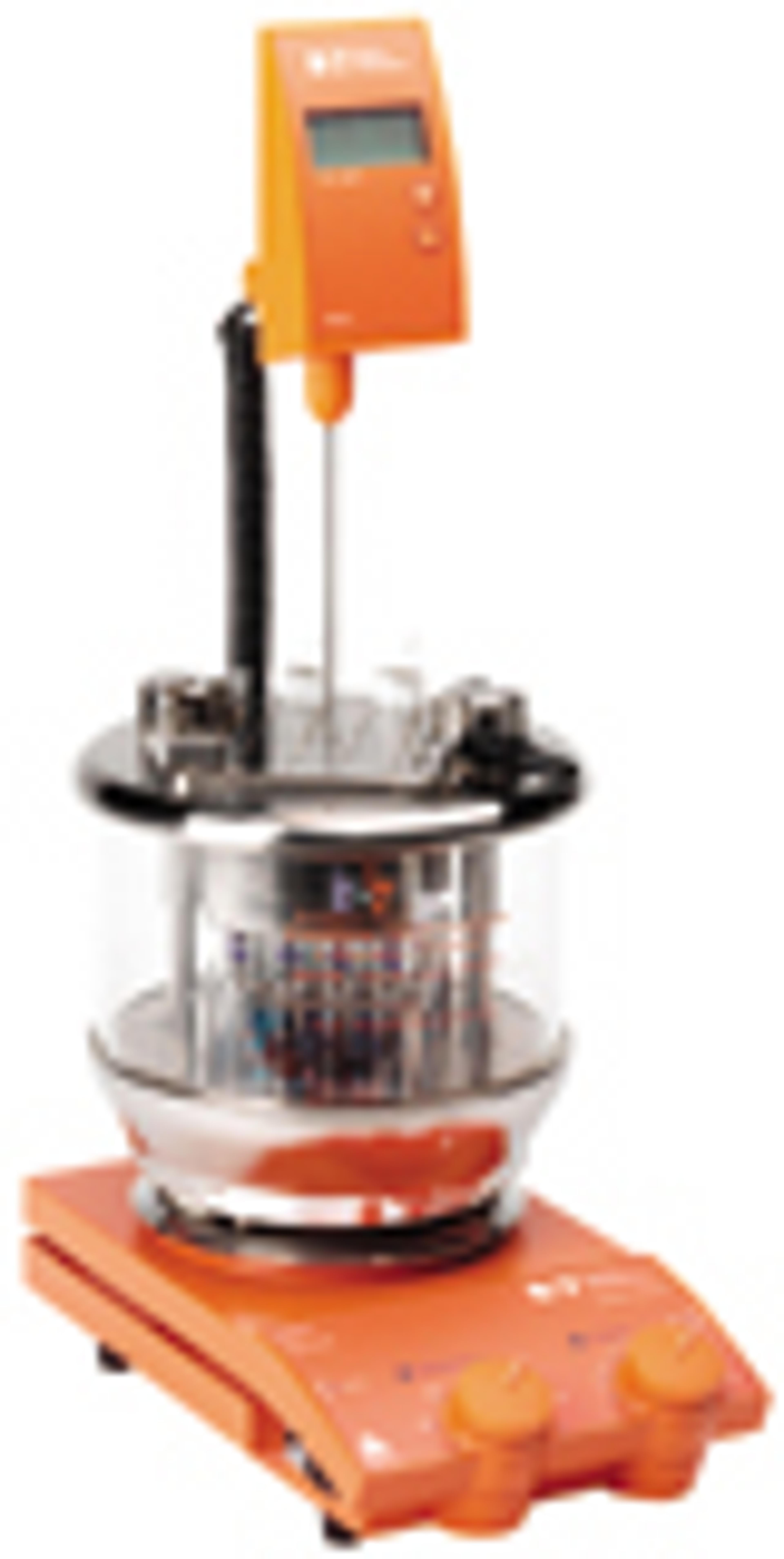How automation is increasing productivity within labs
Radleys has studied how automation is making a significant difference to labs, offering a variety of benefits
11 Dec 2019Enhanced productivity is just one of the main benefits of using automation software within a lab. Certain technologies and software solutions can help you work more efficiently by offering a multi-disciplinary strategy to research, development, and optimization; allowing you to do more, in the same amount of time. By reducing the need for human interaction for tedious tasks, more time is available to scientists to be more innovative and creative within their core roles.
Lab automation in action:
Lab automation is a broad term, but whether you are carrying out high-throughput screening, automated clinical and analytical testing, diagnostics, large scale experiments (or any other lab-related activities), automating your workflow will undoubtedly save you time.
Lubrizol, a specialty chemicals company that produces a range of additives and advanced materials, have experienced the benefits of lab automation first hand, which has made a significant difference to their productivity.
Emma Playfoot, a scientist at the company, explained that before implementing lab control software, they were having difficulty monitoring exotherms during their reactions using standard thermocouples. This was a time-consuming, manual process that meant physically watching for a temperature rise.
Emma says, “We didn’t know if exothermic reactions had occurred and, if they had, on what scale.”
Lab automation not only allows for increased productivity but elevates data quality, reduces lab process time and even enables experimentation that otherwise wouldn't be possible.
Improved efficiency and productivity:
It can be time-consuming and mentally taxing for a single person to manually manage multiple devices. By implementing automation software, the need for an operator to manually make adjustments to the experiment is removed and data is gathered simultaneously, with much more accuracy.
Many automated products also allow for dynamic changes in feedback from the experiment, which is a great advantage if the experiment is too long for a standard working day, or there are scheduled meetings that would have otherwise interrupted the reaction.
This innovation allows experiments to run overnight, rather than having to pause them and restart them the following day, which means reductions in inaccurate results.
Discover more in the Lab Automation Community>>
Better use of data and improved results:
In addition to increasing the accuracy of experiments, lab automation can also assist in recording experimental data and producing reports which simplify post-reaction analysis. As capturing data can be a time consuming, manual process that is often prone to errors, this is a huge benefit.
For example, lab software can track exothermic reactions and automatically record the temperature changes, then present them in a graph where the user can see how the reaction temperature varies over time. This offers a massive benefit when speaking to manufacturers about reaction profiles, as the relevant data can be pulled straight from the software in a readily available format, making it easier to explain the different steps of the reaction.
Automating your data capture and having it presented in an understandable format, like a graph, makes it easier to interpret. It also makes it easier to spot trends and identify anomalies you might have missed during the reaction, allowing scientists to glean insights that could help improve manufacturing processes down the line.
Improved safety:
By allowing scientists to have better control over their lab work, they are also able to make their processes safer.
The scale-up of chemical processes comes with some inherent risks, particularly with regards to controlling exotherms. Automation can provide an increased level of safety as certain software will allow you to program the dosing so that it stops adding a reagent, or even end the reaction if the temperature of the reaction reaches a certain value. This reduces the risk of exothermic runaways, even if the reaction is left unattended.
Here’s a recap of the main benefits you can get from implementing automation systems and software into your lab processes:
- Better productivity and efficiency
- More reproducibility
- Improved collaboration
- Fewer errors
- Enhanced safety
Do you use products from Radleys in your lab? Write a review today for your chance to win a $400 Amazon gift card>>

